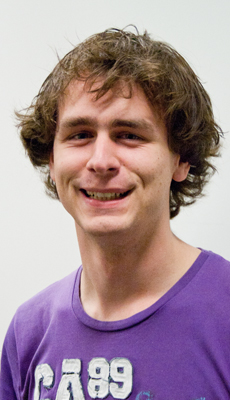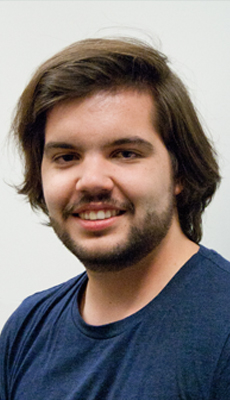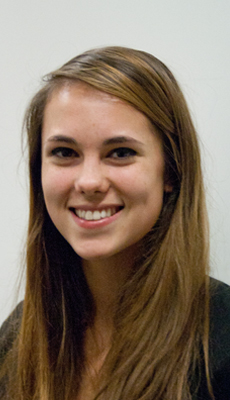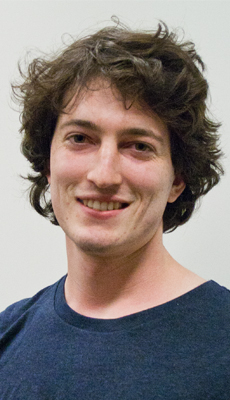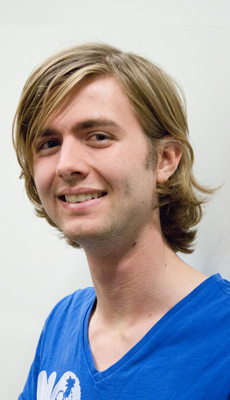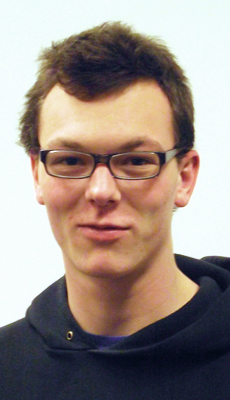Interaction: Controlling the machine


| 09:30 - 10:00 | Get your badge |
| 10:00 - 10:15 | Opening talk |
| 10:15 - 11:15 | Fernando Koch |
| 11:15 - 11:30 | Break |
| 11:30 - 12:30 | Peter Desain |
| 12:30 - 13:30 | Lunch |
| 13:30 - 14:30 | Peter van der Putten |
| 14:30 - 14:45 | Break |
| 14:45 - 15:45 | Gerrit Oomens |
| 15:45 - 16:00 | Closing talk |
| 16:00 - 17:00 | Drinks |
The theme of our previous symposium was 'Privacy of user data'.

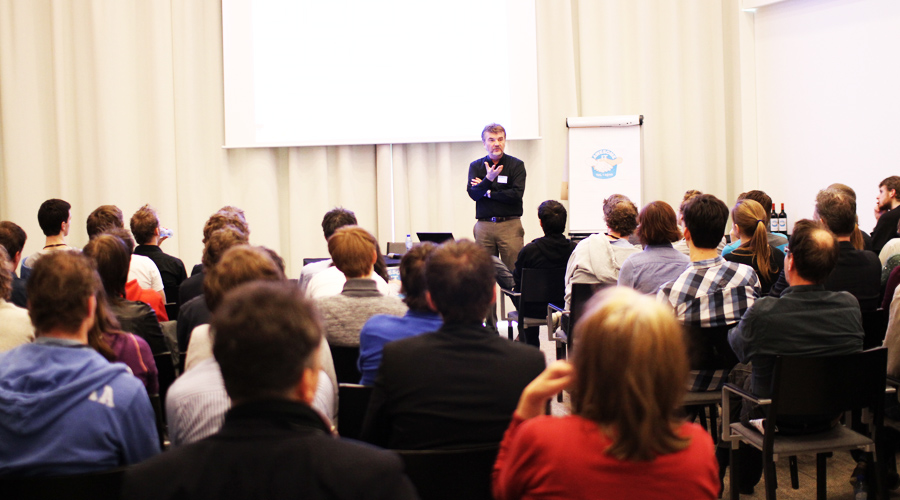

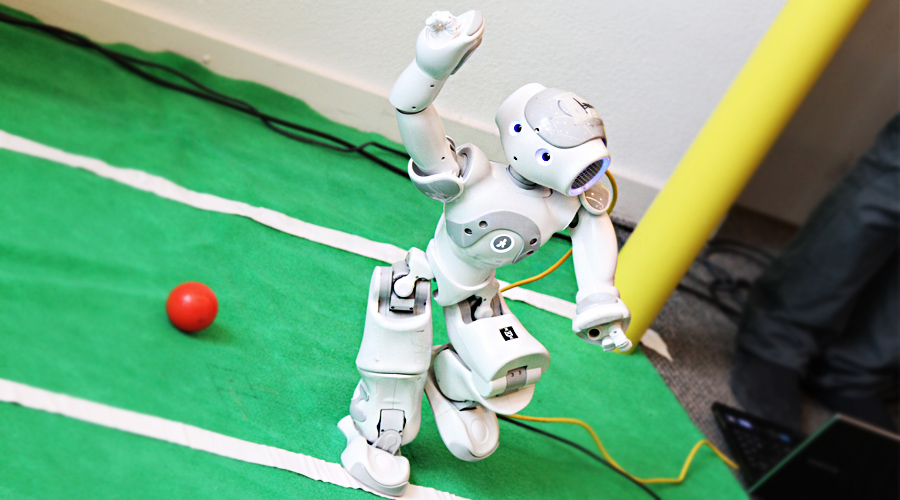
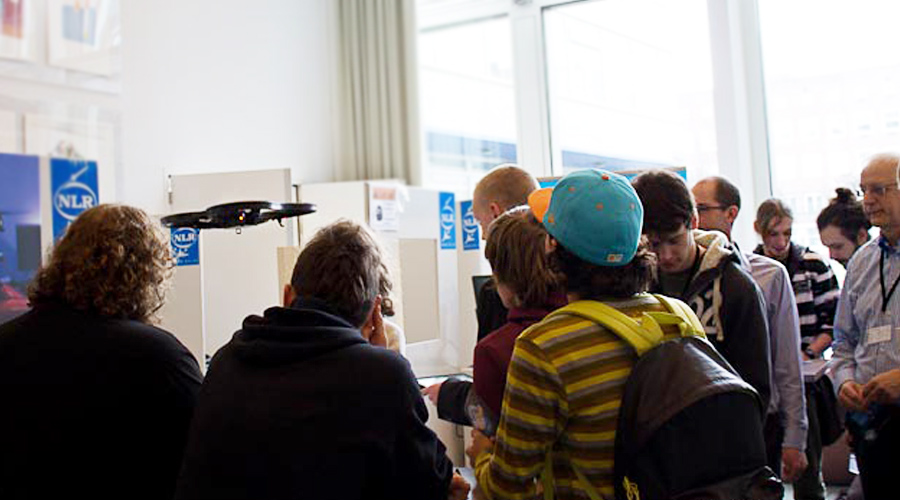
Our interaction with computers started with mouse and keyboard. How do modern programs handle this? What can you do to improve your program's interaction for users? This year, our topic is technically improving interaction with programs. In this, "realign" will be leading, as it's described in the following motto, which means we will focus on research in Machine Learning and Pattern Recognition. How can we extract data from program usage and use the feedback to improve the program?
"The desire to redesign is aesthetic-driven, while the desire to realign is purpose-driven"
"Touch" technology is uprising, what will the future bring? We would like to see ideas such as "smart washing machines": everyday appliances, to which we've grown accustomed, that can improve on interaction. Who knows the difference between cupboard dry and extra dry? What does that little cup with 1 or 2 lines stand for? Would it not be easy if we could state 'wash socks + pants' and make the machine do all the work?
In short, how can we improve machines and our interaction with them? Looking at the future, what role does "Leap Motion" play in these new washing machines, for instance?
Click on a speaker for more additional info.

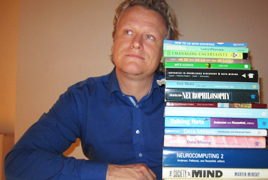
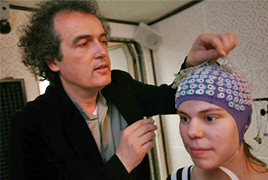
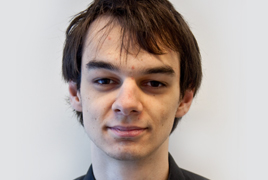
Fernando Koch is a Director R&D at Samsung Research Institute Brazil. He was a Research Scientist at IBM Research Brazil (2011-2013) where he received the IBM Eminence and Excellence Award (2012) and the IBM Outstanding Contributor Award (2013) for leadership in research. He has over 20 years of IT Industry experience with practice in R&D, product development, and business development with companies in the Silicon Valley, Europe, Brazil, and Australia.
Abstract
In his talk, he explains the nature of potential new experiences that the era of Cognitive Computing will require. Cognitive Computing will define a new paradigm of human-computer interaction, hopefully addressing the issues that will emerge in making the human-learning systems partnership work. Cognitive computers are not programmed to perform a function or set of tasks; rather, they use artificial intelligence and machine learning algorithms to sense, predict, and, in some ways, think. They help human experts make better decisions by penetrating the complexity of Big Data. Visit his website
Peter van der Putten is the Global Director of Decisioning Solutions at Pega and helps clients worldwide drive more value from their customer base through cross channel Next Best Action, Decision Management and Predictive Analytics solutions.
Abstract
In his talk, he will introduce the concept of Next Best Action, the idea to leverage every customer interaction to make smart recommendations to a customer or employee. These recommendations could cover sales, retention, risk, service, or other business areas, and could be used to drive interactions in digital channels such as online and mobile, as well as more real world channels such as contact centers, shops, and ATMs. I will cover some of the secret sauce AI technologies that are driving this. Decision strategies, business rules and prioritization frameworks to make optimal decisions; as well as real time big data predictive analytics that allow the engines to learn in real time what decisions are most likely going to lead to a positive outcome. Visit his linkedIn
Peter Desain has a background in both Computer Science and Psychology. He is fascinated by computations done in a natural system: our brain. As head of the AI department he promotes the use of Brain-Computer Interfaces as a tool for gaining insight in human cognition. However, also the valorisation route has his full attention: bringing BCI's closer to the market for people that cannot communicate otherwise (like ALS patients). He initiated and led BrainGain, a large Dutch consortium on applications of cognitive neuroscience.
Abstract
Brain Computer Interfacing - a direct connection between brain and computer - is rapidly becoming a reality. Mind reading, Thought Control, and other terms are used in the popular press to announce the, sometimes modest, steps taken. In this lecture, the domain (which relies on Machine Learning, Cognitive Neuroscience and other fields) and various applications will be sketched. Extra attention will be given to the possible contributions of Computer Science and AI. Next to assistive technology for disabled people, BCI's will become useful for learning and gaming. Desain, who helped initiate BCI research in the Netherlands, will present an overview that helps one to separate fact from hype. Various new approaches and uses will also be presented.
Abstract
The UvA uses a large variety of information systems to support its education processes. Students will generally only use a small part of this, the larger part is used by planners and support staff in the back office. Some of these systems will be demonstrated, in particular the user experience they offer. The role of DataNose in this context will be discussed. An overview of the technical background of these systems and the relations between them will be presented. There will be ample room for questions about the various aspects of the systems.
We are a commission of bachelor and master students. Our goal is to organize a nice, extraordinary and informative day, while highly different from an usual day at the university. Below are the people listed you can contact for questions:
